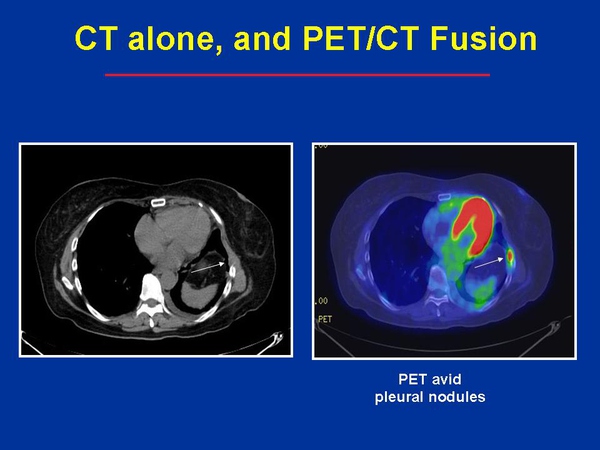Pet Scan for Thyroid Cancer: A Comprehensive Guide to Understanding and Evaluating the Role of PET Scans in Diagnosing and Managing Thyroid Cancer
Guide or Summary:Introduction to PET ScansRole of PET Scans in Thyroid CancerHow PET Scans Work in Thyroid CancerAdvantages of Using PET Scans for Thyroid C……
Guide or Summary:
- Introduction to PET Scans
- Role of PET Scans in Thyroid Cancer
- How PET Scans Work in Thyroid Cancer
- Advantages of Using PET Scans for Thyroid Cancer
- Limitations and Considerations
Introduction to PET Scans
Positron Emission Tomography (PET) scans have revolutionized the field of medical imaging, offering a highly accurate and non-invasive method for diagnosing and managing various diseases. These imaging techniques involve the injection of a small amount of a radioactive substance, known as a tracer, into the patient's body. As the tracer travels through the body, it emits positrons, which interact with surrounding tissues, producing gamma rays that are detected by the PET scanner.
Role of PET Scans in Thyroid Cancer
Thyroid cancer, a type of malignant tumor originating from the thyroid gland, affects millions of people worldwide. Early detection and accurate diagnosis are crucial for successful treatment and management of thyroid cancer. PET scans play a pivotal role in this process, offering valuable insights into the extent of the disease, the presence of metastases, and the effectiveness of treatment.

How PET Scans Work in Thyroid Cancer
During a PET scan for thyroid cancer, a tracer labeled with a radioactive isotope, such as fluorodeoxyglucose (FDG), is administered intravenously. FDG is a glucose analog that is selectively taken up by cancer cells due to their high metabolic activity. As the tracer accumulates in the thyroid gland and any surrounding metastatic lesions, the PET scanner captures detailed images of these areas, highlighting the presence and distribution of cancer cells.
Advantages of Using PET Scans for Thyroid Cancer
One of the primary advantages of PET scans is their ability to detect metastatic disease with a high degree of accuracy. Metastases, or secondary tumors that spread from the primary tumor in the thyroid gland, can be difficult to identify using traditional imaging methods. However, PET scans can reveal these metastases with remarkable sensitivity, allowing for more comprehensive staging and planning of treatment.
Additionally, PET scans provide a functional assessment of the thyroid gland and surrounding tissues, offering insights into the metabolic activity of cancer cells. This information is invaluable for determining the aggressiveness of the tumor and guiding treatment decisions, such as the selection of appropriate therapies and the monitoring of treatment response.

Limitations and Considerations
Despite their numerous advantages, PET scans for thyroid cancer are not without limitations. One major limitation is the potential for false positives, where non-cancerous tissues may appear as areas of high metabolic activity. This can be mitigated through careful interpretation by experienced radiologists and the use of additional imaging modalities, such as computed tomography (CT) scans, to confirm findings.
Furthermore, the cost of PET scans can be a significant barrier for some patients. However, the long-term benefits of accurate diagnosis and effective treatment planning often outweigh the initial financial investment.
In conclusion, PET scans for thyroid cancer represent a powerful tool in the diagnostic and management arsenal of healthcare providers. By offering detailed images of the thyroid gland and surrounding tissues, these scans enable accurate staging, the detection of metastases, and the monitoring of treatment response. While there are limitations to consider, the advantages of PET scans make them an invaluable component of the multidisciplinary approach to thyroid cancer care. As technology continues to advance, PET scans are likely to play an even more critical role in the early detection and successful management of thyroid cancer.
